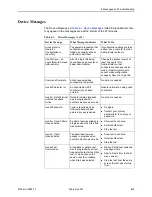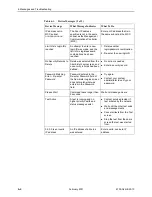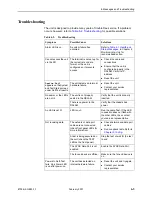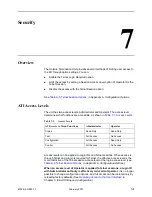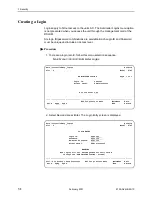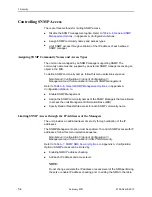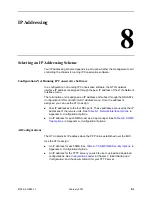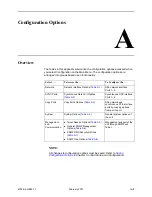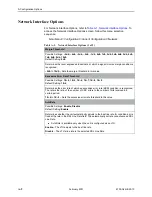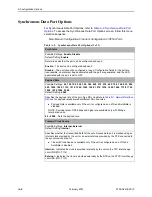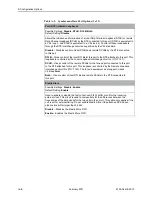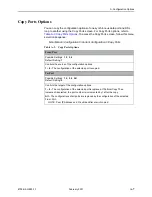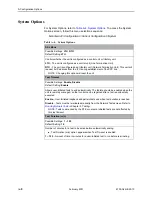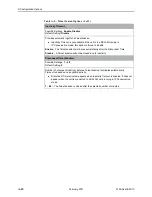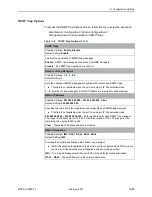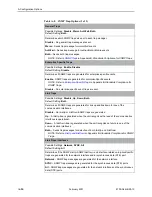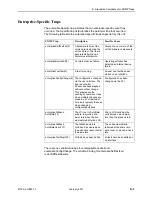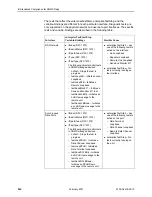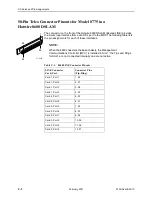
A. Configuration Options
8700-A2-GB25-10
February 2001
A-5
Invert Transmit Clock
Possible Settings: Disable, Enable
Default Setting: Disable
Specifies whether the clock supplied by the unit on the TXC interchange circuit DB
(ITU-T 114) is phase inverted with respect to the Transmitted Data interchange circuit BA
(ITU-T 103). This configuration option is useful when an excessive cable length between
the unit and the DTE causes data errors.
Disable – Indicates TXC supplied by the unit on this port is not phase inverted.
Enable – Indicates TXC supplied by the unit on this port is phase inverted.
Send All Ones on Data Port Not Ready
Possible Settings: Both, Disable, DTR, RTS
Default Setting: Both
Specifies the conditions on the data port that determine when valid data is not being sent
from the DTE. When this condition is detected, all ones are sent to the network.
Both – Monitors both DTR and RTS. If either is interrupted, all ones are sent to the
network.
Disable – Disables the monitoring of interchange circuits from the DTE connected to the
synchronous data port.
DTR – Monitors the DTE Ready interchange circuit CD (ITU-T 108/1/2). When DTR is
interrupted, all ones are sent to the network.
RTS – Monitors the Request-to-Send interchange circuit CA (ITU-T 105). When RTS is
interrupted, all ones are sent to the network.
Action on Network LOS Alarm
Possible Settings: Halt, None
Default Setting: Halt
Specifies the action taken on the synchronous data port when an LOS (Loss Of Signal)
alarm is received on the network interface.
Halt – Stops the transmission of data on the data port and disables the data port when
LOS alarms are received on the network interface. When LOS alarms are received, all
ones are sent on the Received Data interchange circuit BB (ITU-T 104). The
Clear-to-Send interchange circuit CB (ITU-T 106) is interrupted.
None – Makes the data port unaffected by LOS alarms received on the network interface.
Network Initiated Data Channel Loopback
Possible Settings: Disable, Enable
Default Setting: Disable
Allows the initiation and termination of a Data Channel Loopback (DCLB) by the receipt of
a DCLB-actuate sequence or DCLB-release sequence from the network or far-end
device.
Disable – Ignores the DCLB-actuate and DCLB-release sequences for this port.
Enable – DCLB-actuate and DCLB-release sequences are recognized for this port.
Table A-2.
Synchronous Data Port Options (2 of 3)

